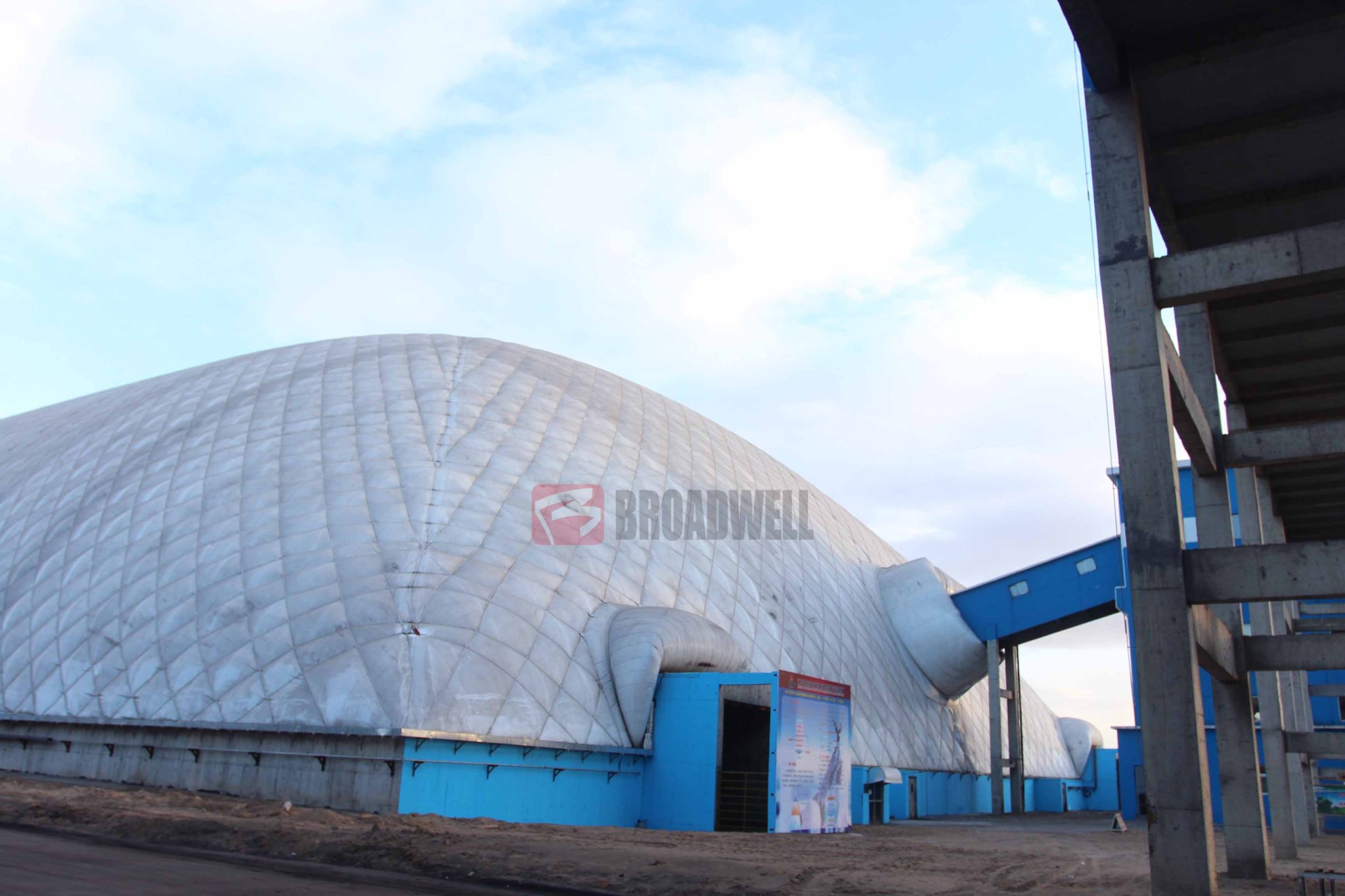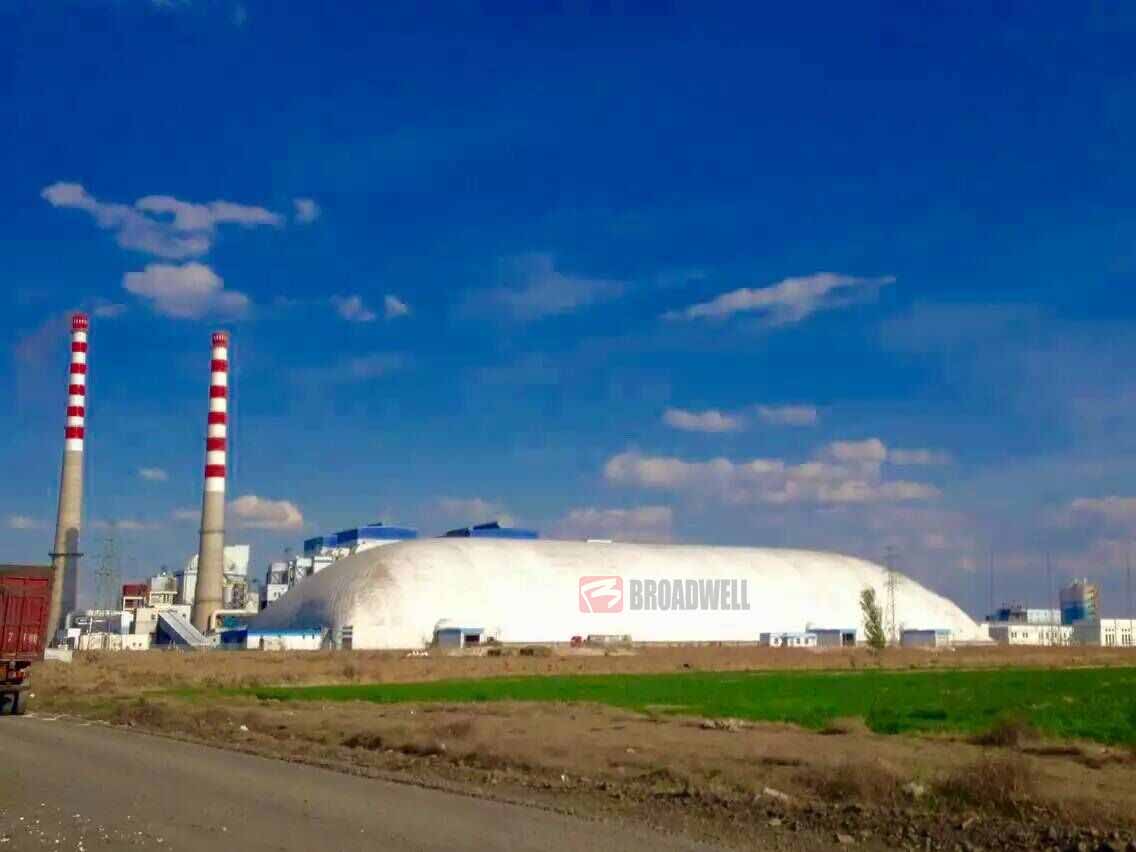In the realm of architectural innovation, air domes stand as a testament to human ingenuity and the relentless pursuit of sustainability and versatility in construction. These inflatable structures, characterized by their ability to create vast, enclosed spaces with minimal material use and environmental impact, are revolutionizing the way we think about and utilize indoor spaces. From sports arenas and recreational facilities to emergency shelters and exhibition halls, air domes offer a flexible, cost-effective, and eco-friendly alternative to traditional building methods. Their unique construction, relying on pressurized air to maintain form and structure, allows for rapid deployment and adaptability to various climates and uses. As the world grapples with the challenges of climate change, urbanization, and the need for sustainable development, air domes emerge as a beacon of innovative solutions, promising not only to meet the diverse needs of today's society but also to pave the way for the future of architectural design. This article delves into the technological advancements, environmental benefits, and multifaceted applications of air domes, showcasing their potential to transform indoor spaces across the globe.
Understanding Air Domes
Air domes, also known as inflatable domes or air-supported structures, represent a fascinating intersection of engineering and architecture, offering innovative solutions for creating vast, enclosed spaces without the need for traditional building materials like steel or concrete. These structures are supported by internal air pressure, which keeps the dome inflated and provides a spacious interior free from the obstructions of columns or supports. The concept of air domes is not entirely new, having been developed and refined over decades, but recent technological advancements have significantly expanded their potential applications and efficiency.
The basic structure of an air dome consists of a durable, flexible outer membrane made from materials like PVC or polyester fabric, which is coated or laminated to ensure resistance to weather, fire, and UV rays. This membrane is anchored securely to a foundation, creating a sealed environment. Large fans are used to inflate the structure, and the difference in air pressure between the inside and outside keeps the dome stable and upright. Entry and exit are facilitated through airlocks to maintain the internal pressure.

One of the key advantages of air domes is their rapid deployment and the relatively low cost of construction compared to permanent buildings of similar size. They can be erected on virtually any flat surface, offering a quick solution for covering sports fields, swimming pools, or event spaces. The flexibility in design also allows for customization in terms of size, shape, and functional features, such as windows, doors, and integrated lighting or heating systems.
In addition to their structural ingenuity, air domes have evolved to incorporate advanced climate control systems, making them usable year-round in a variety of climates. Innovations in insulation techniques and materials have improved their energy efficiency, reducing the operational costs associated with heating or cooling large spaces. Modern air domes also feature sophisticated safety systems designed to maintain structural integrity even in adverse weather conditions, including automated controls that adjust internal pressure in response to changes in wind and snow loads.
Despite their many benefits, air domes have faced challenges in terms of public perception and regulatory acceptance. Concerns about durability, safety, and aesthetics have sometimes hindered their broader adoption. However, as the technology behind air domes continues to advance, these concerns are being addressed through rigorous engineering standards and creative design solutions, paving the way for air domes to become a more common feature in the landscape of modern architecture.
Technological Advancements in Air Dome Construction
The construction of air domes has seen significant technological advancements over the years, transforming them into sophisticated structures capable of providing efficient, durable, and versatile indoor spaces. These innovations not only enhance the functionality and comfort of air domes but also their sustainability and resilience, making them a more attractive option for a wide range of applications.
Materials Technology: One of the most notable advancements is in the materials used for the dome's membrane. Modern air domes utilize high-strength, lightweight fabrics that are engineered for exceptional durability and resistance to environmental factors such as UV radiation, extreme temperatures, and moisture. These materials, including polyvinyl chloride (PVC) and ethylene tetrafluoroethylene (ETFE), offer improved translucency or even transparency, providing natural lighting inside the dome and reducing the need for artificial lighting during the day.
Energy Efficiency and Climate Control: Innovations in insulation techniques have significantly improved the energy efficiency of air domes. Multi-layer membranes with thermal breaks and advanced coatings minimize heat transfer, making it easier and more cost-effective to maintain comfortable temperatures inside the dome. Integrated climate control systems can now precisely manage temperature, humidity, and air quality, creating optimal conditions for sports, events, or any other intended use, regardless of outdoor weather conditions.
Safety and Resilience Features: Modern air domes are equipped with sophisticated safety systems designed to ensure structural stability under various conditions. Automated control systems monitor internal pressure and adjust fan speed to compensate for changes in wind load or snow accumulation. Some air domes are also designed with emergency backup power systems to maintain inflation in the event of a power outage, ensuring the structure remains intact and safe for occupants.
Smart Technology Integration: The integration of smart technology has brought air domes into the Internet of Things (IoT) era. Remote monitoring and control systems allow operators to adjust settings for lighting, heating, and ventilation from anywhere, optimizing energy use and ensuring the comfort of users. These systems can also provide real-time data on the dome's performance, facilitating proactive maintenance and adjustments as needed.
Sustainability: Beyond material and energy efficiency, technological advancements in air dome construction also focus on sustainability. Rainwater collection systems can be integrated into the dome's design, and solar panels can be installed on the dome's surface or nearby to generate renewable energy, further reducing the environmental footprint of these structures.

These technological advancements have collectively elevated air domes from simple temporary shelters to complex, highly functional structures capable of meeting a diverse range of needs. From sports facilities and entertainment venues to emergency shelters and industrial applications, the modern air dome is a testament to the potential of innovative engineering to create sustainable, adaptable, and efficient indoor environments.
Environmental Benefits of Air Domes
Air domes offer a range of environmental benefits that align with the growing demand for sustainable and eco-friendly construction solutions. Their design and operational characteristics contribute significantly to reducing the environmental impact of large indoor spaces, making them a compelling choice for projects with a green focus.
Energy Efficiency: One of the most significant environmental advantages of air domes is their energy efficiency. The materials used in air dome construction, particularly the latest innovations in membrane technology, provide excellent insulation. This reduces the amount of energy required to heat or cool the space, leading to lower carbon emissions. Advanced climate control systems further optimize energy use by adjusting conditions inside the dome based on real-time data, ensuring that energy consumption is kept to a minimum.
Reduced Material Use: The construction of air domes requires fewer raw materials than traditional structures of comparable size. The lightweight nature of the fabrics and the absence of a rigid frame reduce the need for metal and concrete, which have high carbon footprints due to their production processes. This not only conserves resources but also minimizes the environmental degradation associated with material extraction and processing.
Temporary Nature and Reusability: Air domes can be erected and dismantled with relatively little impact on the site, making them ideal for temporary applications or for use in sensitive environments. The ability to relocate and reuse air domes further enhances their sustainability, as it extends the lifecycle of the structure and reduces the need for new materials.
Low Construction Impact: The installation of air domes does not require extensive ground preparation, heavy machinery, or significant alterations to the landscape. This minimizes soil disruption and helps preserve the natural habitat around the construction site, protecting local flora and fauna.
In essence, air domes embody the principles of sustainable design through their energy efficiency, reduced material usage, and low impact on the environment. These features make air domes an environmentally responsible choice for a wide range of applications, from sports facilities and exhibition spaces to emergency shelters and industrial warehouses.










